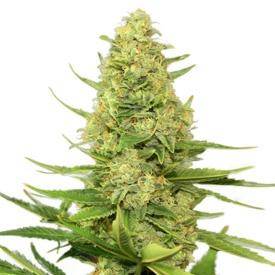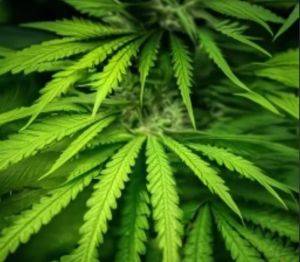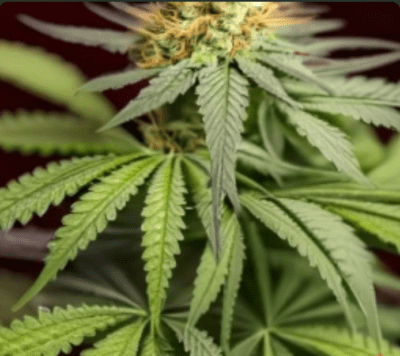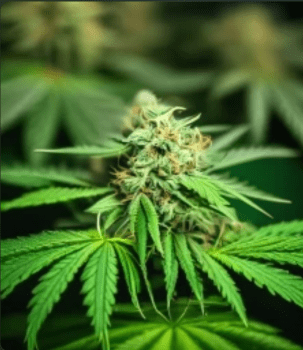Are Indica and Sativa Really Different?
For decades, cannabis enthusiasts have been categorizing cannabis strains into two primary types: Indica and Sativa. These classifications have been used to predict the potential effects of different strains on the body and mind. But are Indica and Sativa really different? And what role do indica seeds from Amsterdam play in this discussion? Let’s delve into the science behind these classifications and explore the truth.
Understanding Indica and Sativa
Traditionally, Indica strains are believed to be physically sedating, ideal for relaxing or before bed. On the other hand, Sativa strains are said to provide invigorating, uplifting cerebral effects that pair well with physical activity, social gatherings, and creative projects. But how much of this is based on fact, and how much is simply cannabis folklore?
The Origin of Indica and Sativa Classifications
The terms “Indica” and “Sativa” were introduced in the 18th century. Sativa described hemp plants found in Europe and western Eurasia, where they were cultivated for their fiber and seeds. Indica referred to the psychoactive varieties discovered in India, where they were harvested for their seeds, fiber, and production of hashish.
Indica Seeds from Amsterdam: A Case Study
Amsterdam, known as the cannabis capital of the world, has been a hub for cannabis cultivation and strain development. The indica seeds from Amsterdam have been particularly popular among growers and users alike. These seeds are believed to produce plants with a higher THC content and are associated with a more relaxed, body-focused high.
However, the effects experienced by users are not solely due to the plant being an Indica or Sativa strain. They are also influenced by a range of factors including the plant’s chemical profile, the user’s tolerance, consumption method, and the environment in which it’s used.
The Science Behind the Effects: Terpenes and Cannabinoids
Recent research suggests that the effects of cannabis are determined more by its chemical makeup than its Indica or Sativa classification. Cannabis plants contain hundreds of chemical compounds, including cannabinoids like THC and CBD, as well as terpenes, which are aromatic compounds found in many plants.
Terpenes like myrcene, limonene, and pinene have been found to influence the effects of cannabis. For example, myrcene, commonly found in indica seeds from Amsterdam, is associated with relaxing effects. On the other hand, limonene is associated with uplifting effects.
Indica vs. Sativa: The Debate Continues
While the traditional Indica and Sativa classifications are deeply ingrained in cannabis culture, they may not be as informative as once believed. The effects of cannabis are complex and influenced by many factors, including the plant’s chemical profile and the user’s individual characteristics.
However, these classifications can still be useful for breeders and growers. For instance, Indica plants tend to be shorter and bushier, making them suitable for indoor cultivation, while Sativa plants are taller and better suited for outdoor cultivation.
Conclusion: Beyond Indica and Sativa
While the terms Indica and Sativa have served us well for centuries, it’s clear that they’re not the be-all and end-all of cannabis effects. The future of cannabis may lie in understanding the plant’s complex chemical makeup and how it interacts with our bodies.
So, are Indica and Sativa really different? Yes, but perhaps not in the ways we traditionally thought. And as for those indica seeds from Amsterdam, they’re just one piece of the puzzle in understanding the diverse world of cannabis.
In the heart of Afghanistan, a land steeped in ancient traditions and rich biodiversity, we find the roots of the revered Afghani Indica seeds strain, also affectionately known as “Afghan” or “Afghanistan”. This indica powerhouse, with a robust THC content hovering around 18%, is a true testament to the healing embrace of Mother Nature, offering a sanctuary of calm and tranquility in a world often fraught with stress and unrest. As you embark on this journey with Afghani, prepare to be enveloped in a symphony of flavors that echo the very essence of the earth itself – a harmonious blend of spicy, herbal, and pungent notes that resonate with the soul. Its terpene profile is a delightful orchestra of terpinolene, offering floral and fruity whispers, accompanied by the grounding presence of myrcene and the refreshing breath of pinene, reminiscent of a pine forest in the morning dew. Embrace the nurturing effects of “Afghani indica seeds from Amsterdam“, as it gently guides you to a state of relaxation, satiating hunger and inviting a deep, restorative slumber, a true balm for those grappling with insomnia and pain. Yet, tread lightly, for it may bring a touch of dryness to the mouth and eyes, and a hint of dizziness to the unaccustomed. In the hands of skilled breeders across the globe, the Afghani indica seeds strain has become a cherished gem, generously bestowing its heavy resin production upon its offspring, a gift that keeps on giving. Let us celebrate Afghani, a strain that connects us to the ancient wisdom and nurturing embrace of our beautiful Earth.





